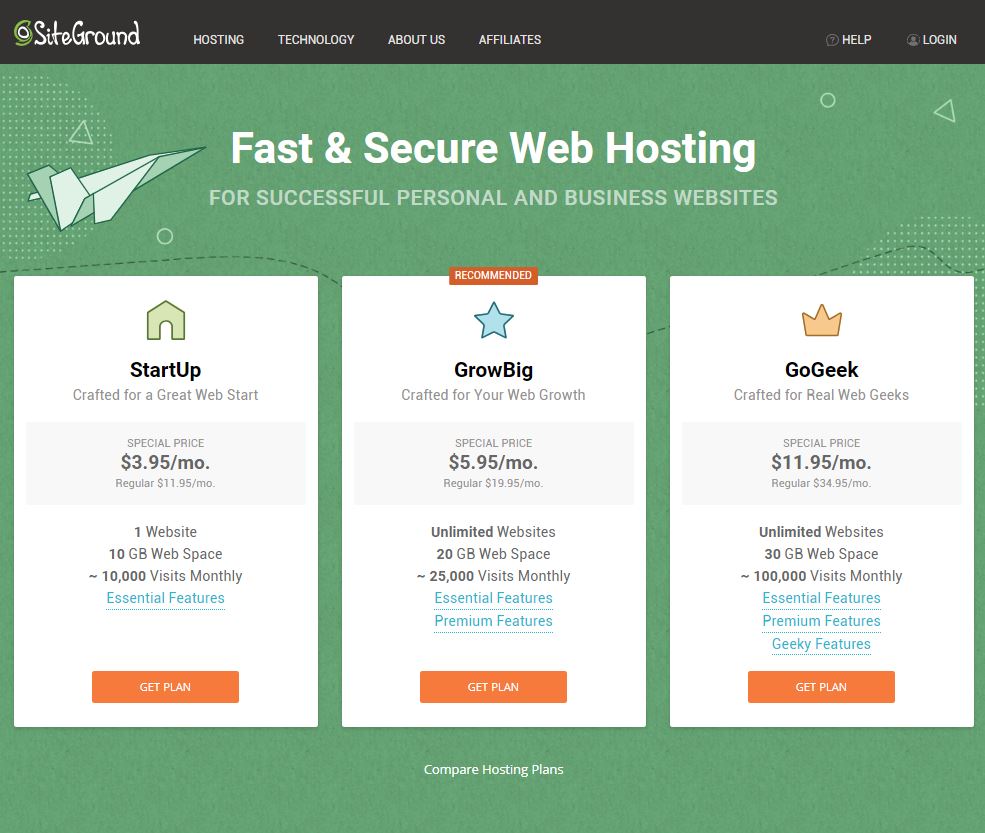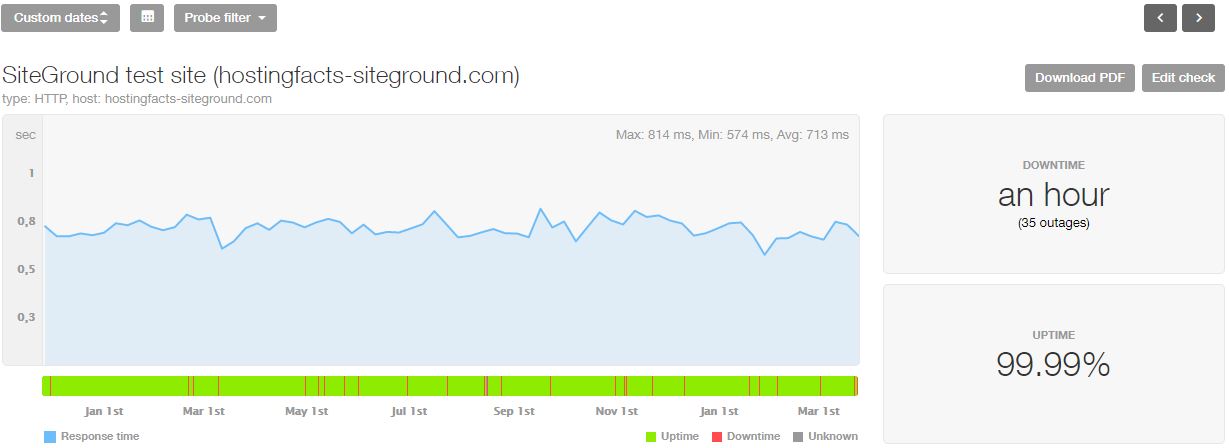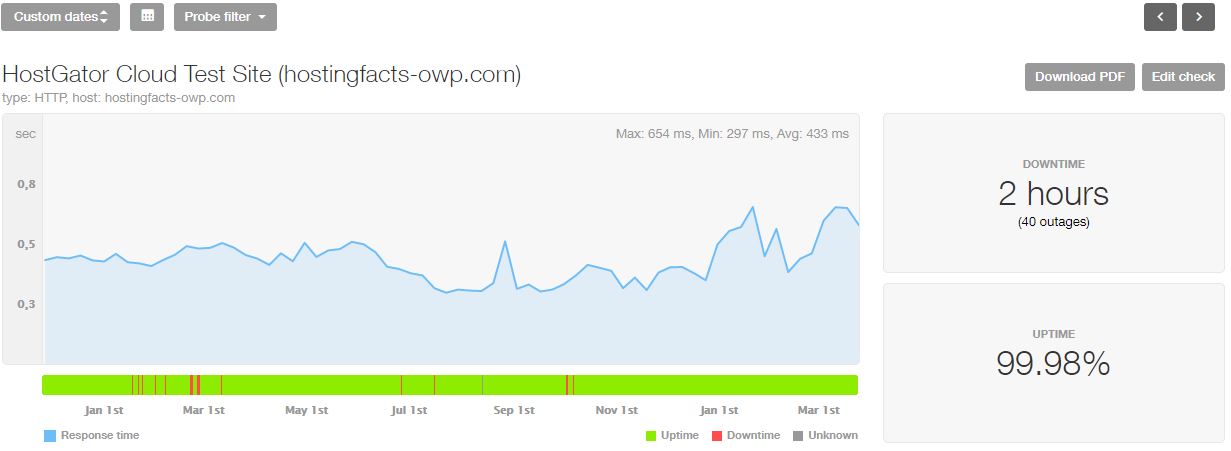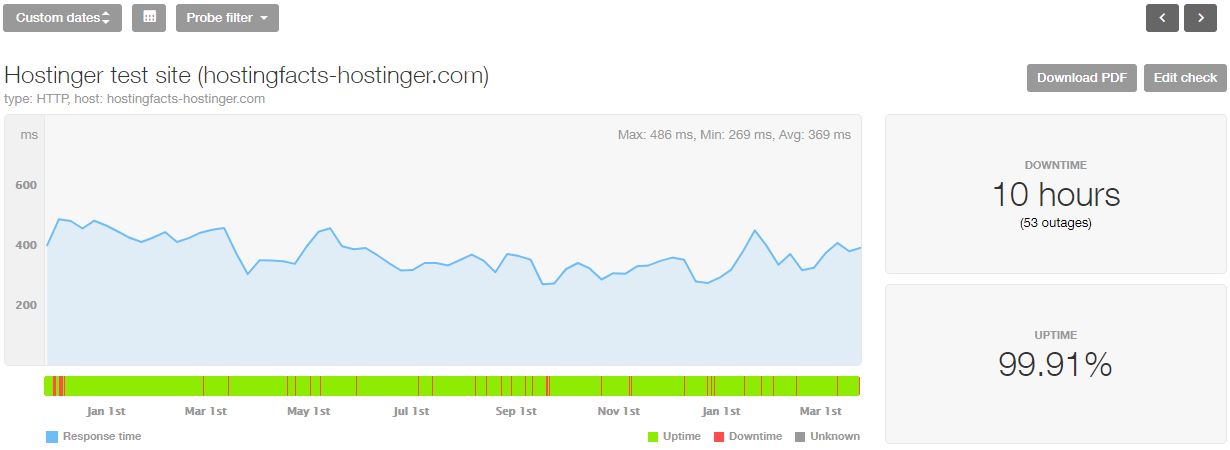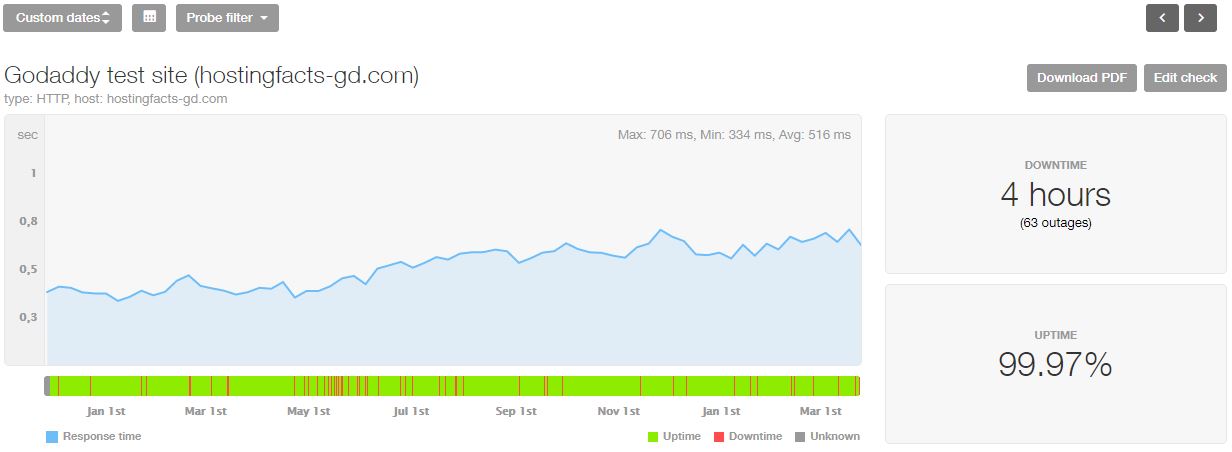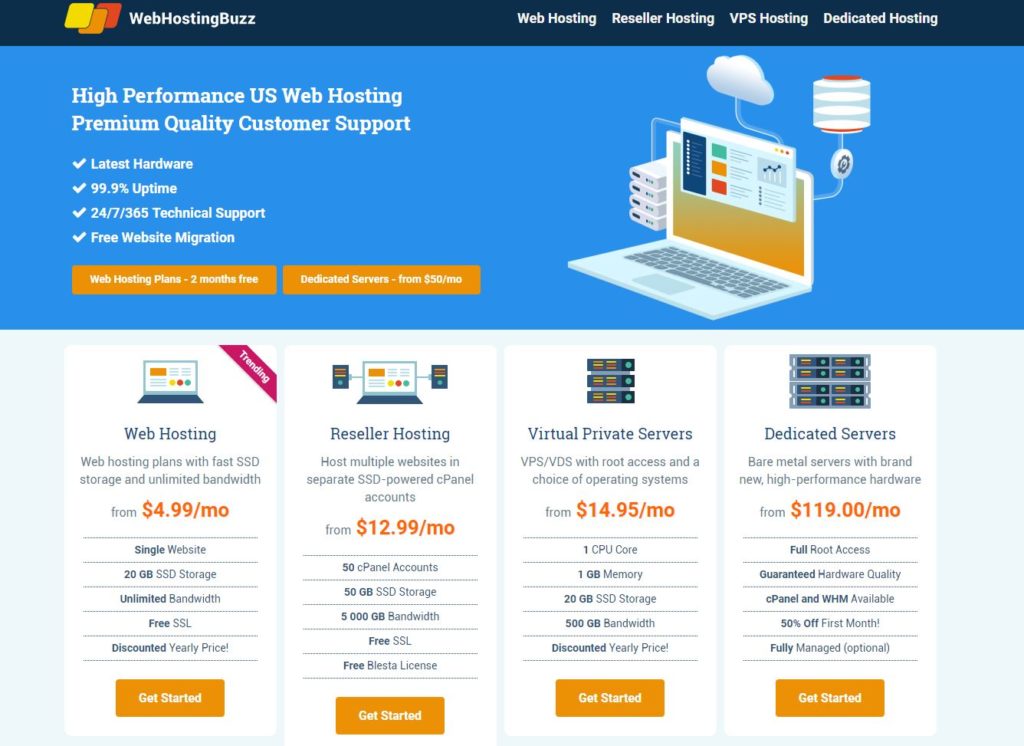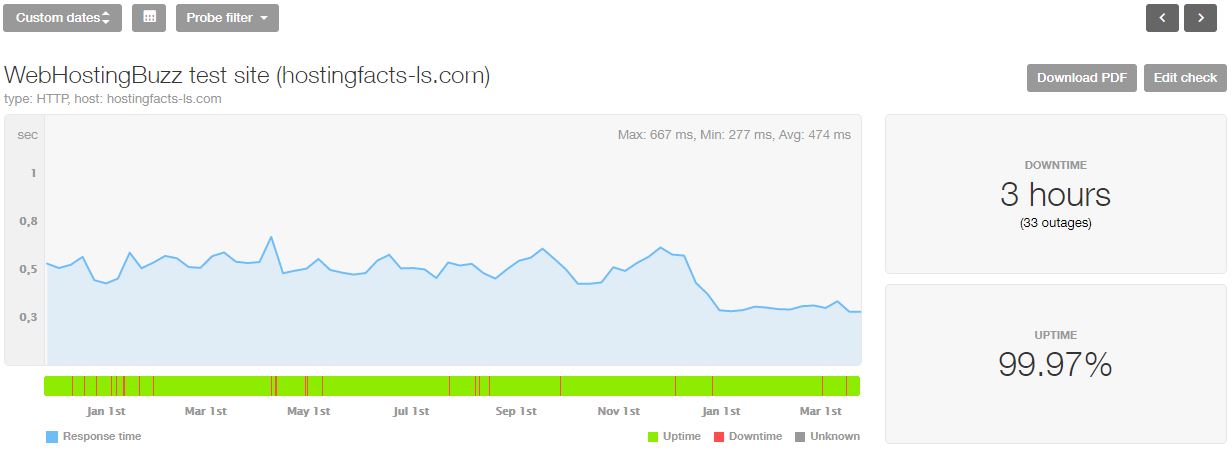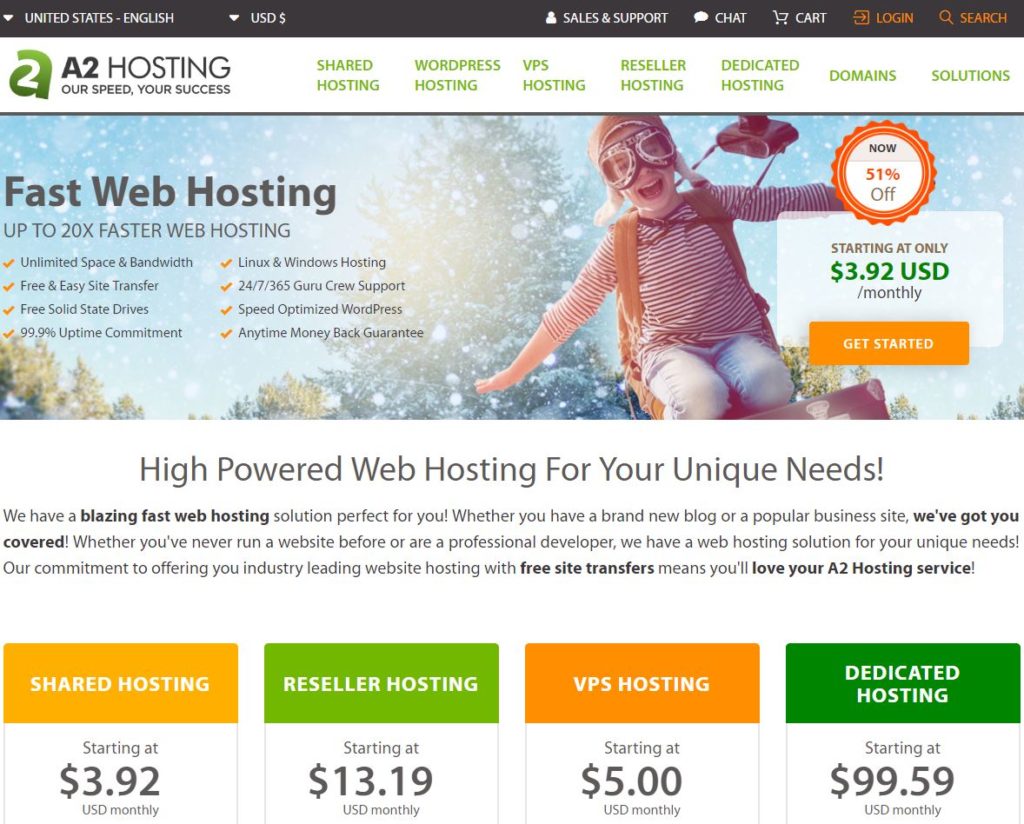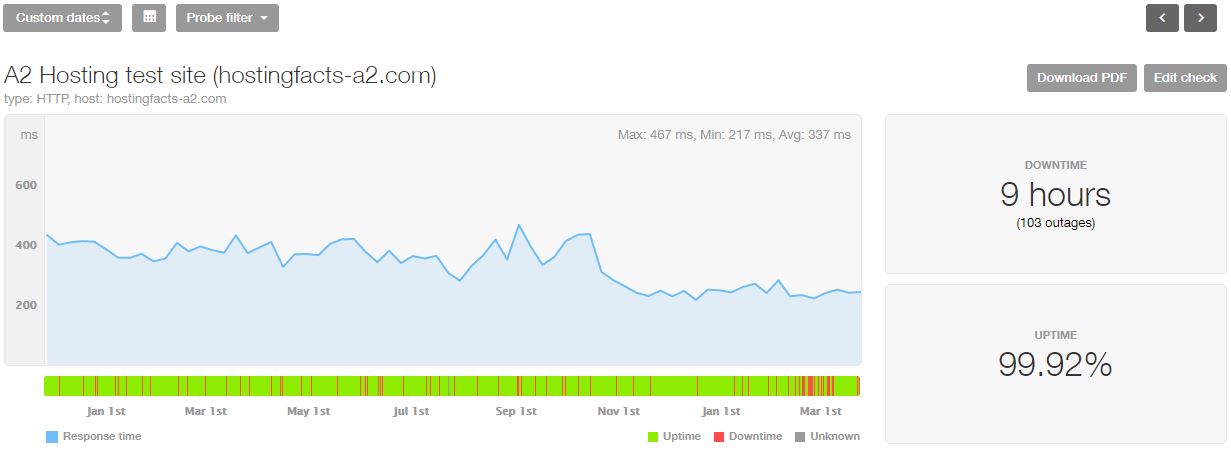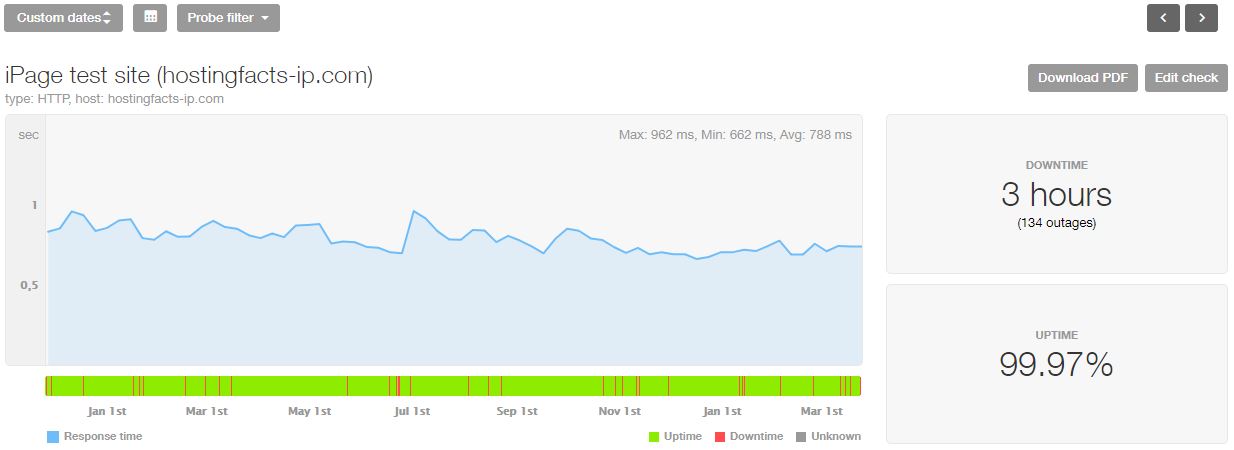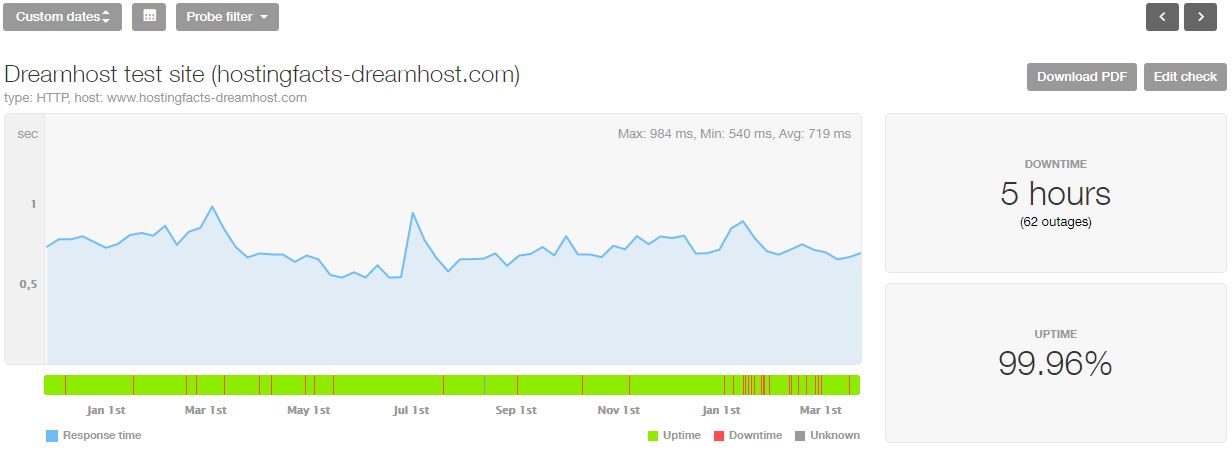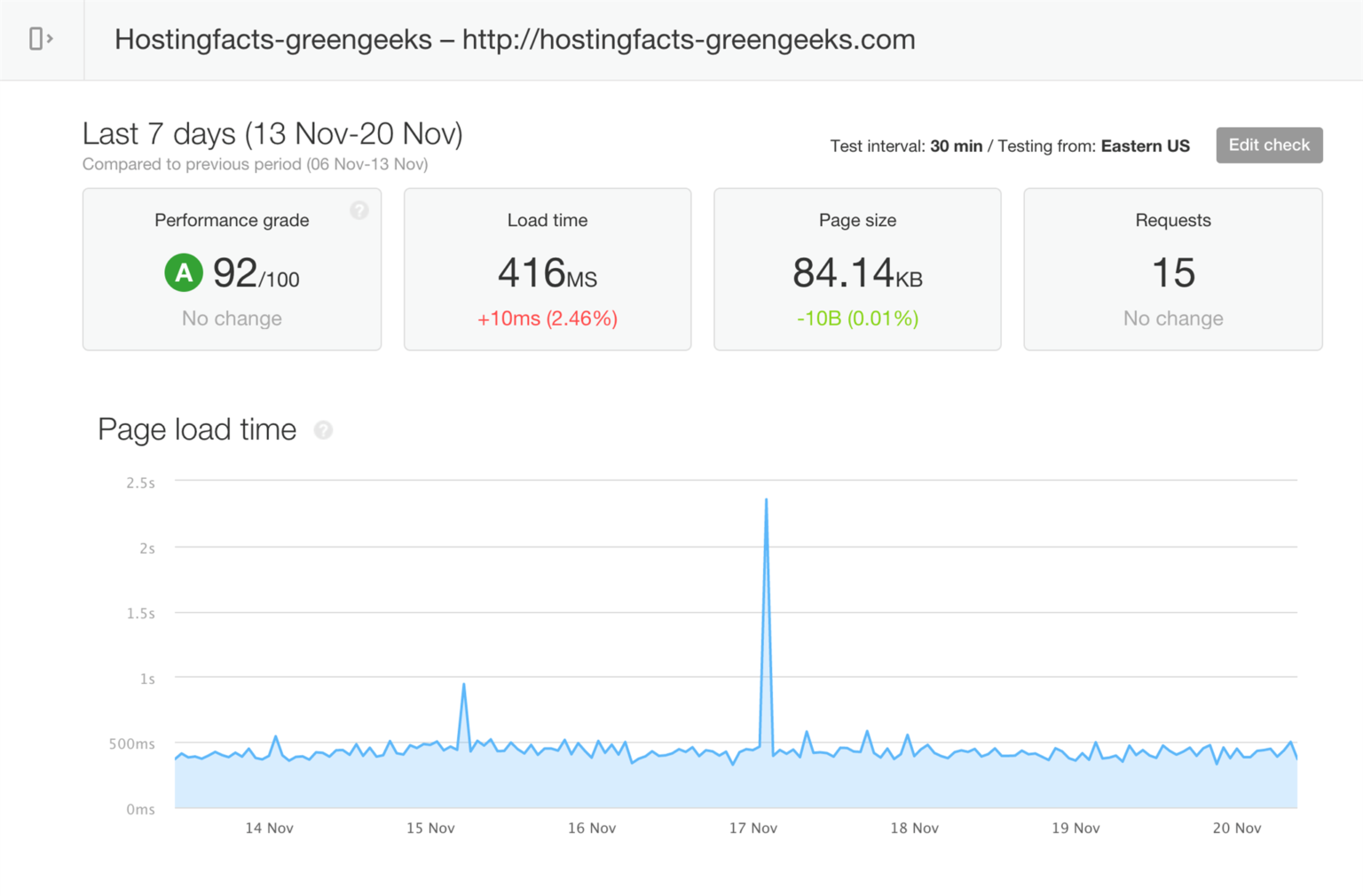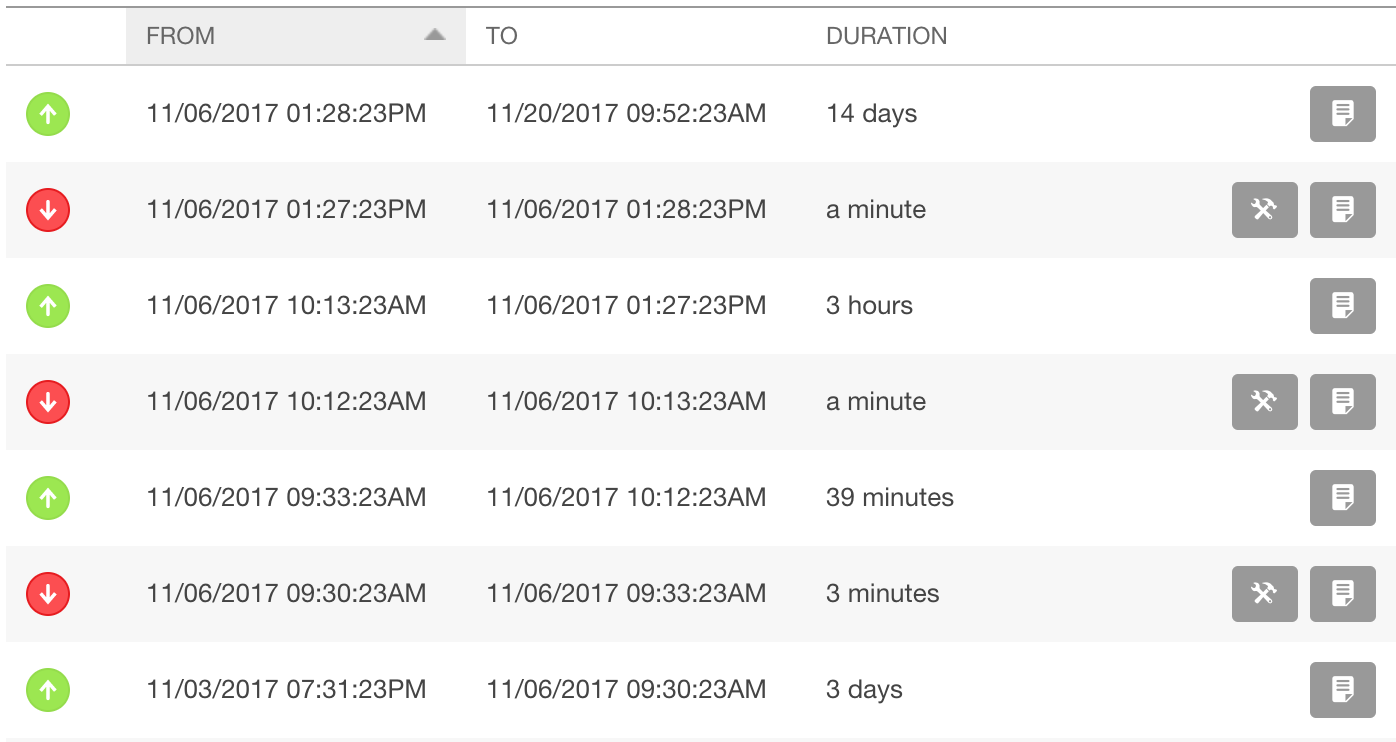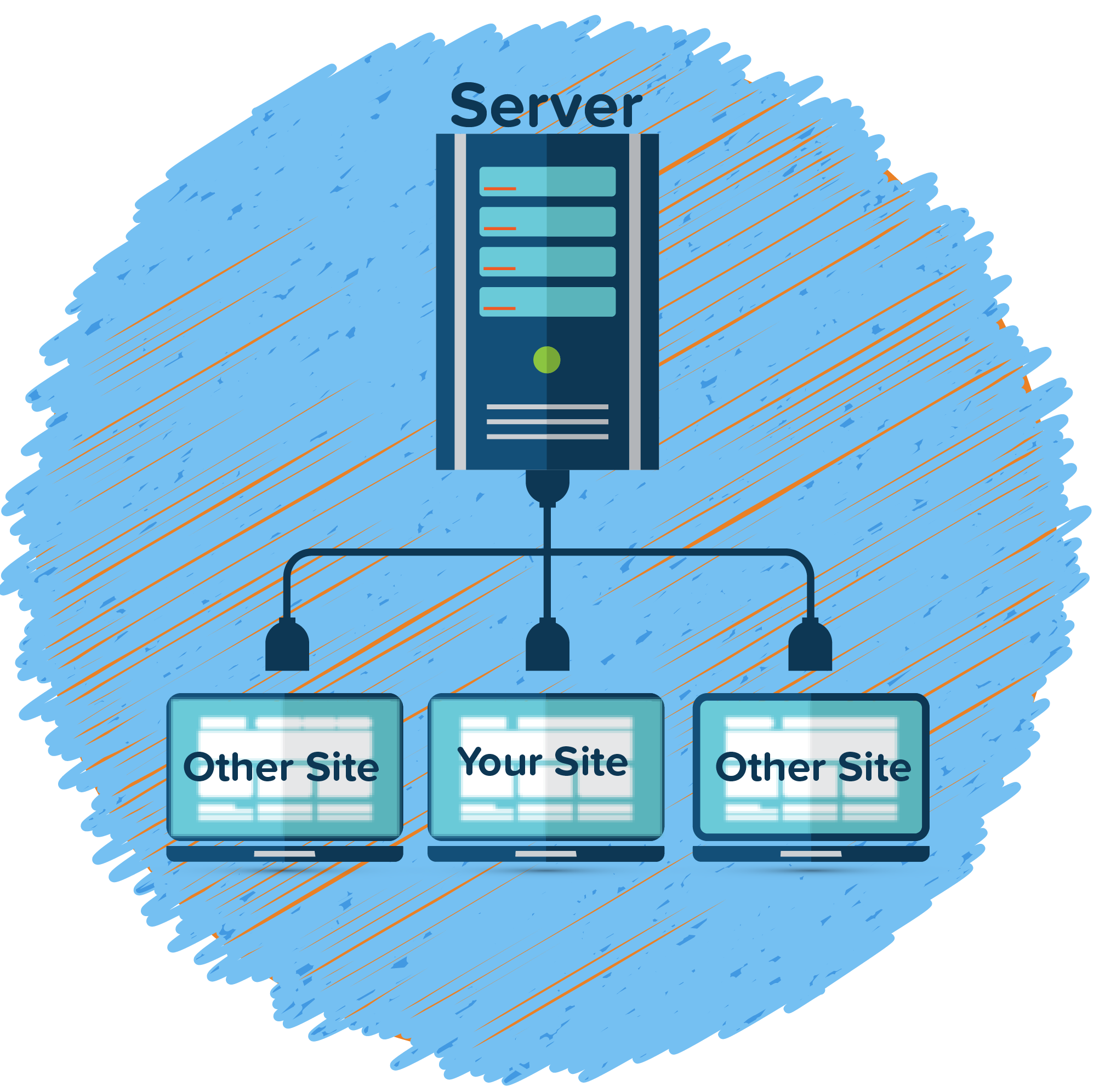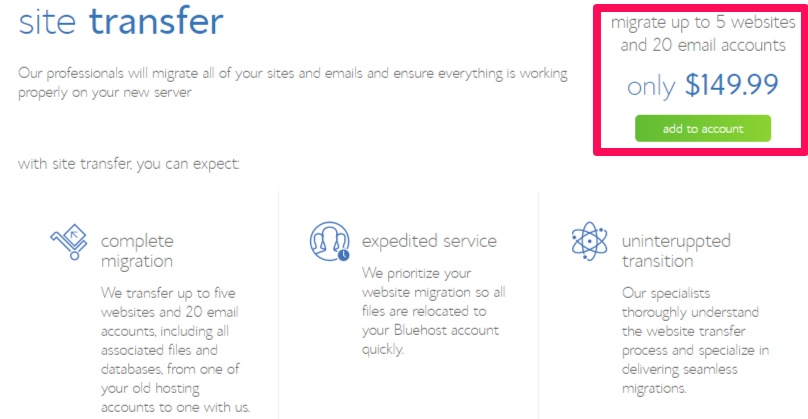
- Offers customers easy access to food without leaving home.
- Great money-making opportunity to supplement income.
- Gives flexibility in setting your working hours.
- User-friendly, intuitive, and easy to setup.
The DoorDash delivery app works a little differently than the other ones in this article. When an order is placed, the DoorDash app will work by pinging drivers in the area of the restaurant ordered from. The app will then calculate the distance of all points involved including the driver’s current location, the restaurant’s location and where the customer ordered from. Once the DoorDash driver arrives at the restaurant, they will have one of three options to choose from.
- Pick up the order and deliver to the customer
- Pay for the customer’s order using their DoorDash company credit card
- Place the order themselves and wait until the order is complete

Similar to the many rideshare apps, the on-demand food delivery app market is steadily growing. Because this innovative, new market is just in its infant phase, the jury is still out on which app offers the best deals and services. However, while it is still unclear who the dominating rideshare giant is, many students, freelancers and side-hustlers and all those in between have used these unique job opportunities to make part-time and full-time incomes to support themselves and their families.
The on-demand food delivery services are very similar to the ridesharing services because they allow people to work at their own pace, set their own working hours and make a decent living as independent contractors. Who doesn’t like being their own boss?
Table of Contents
What Do These New Food Delivery Services Mean For Traditional Industries?
Owners of local restaurants are still going to be expected to deliver food. Technology companies are still going to be designing new products to run faster and more efficiently. All industries are going to continue to grow and evolve with the times. To stay successful, businesses need to balance the growing and ever-changing needs of their customers and clients. However, when it boils down to the bottom, everyone will still need to gather up their W2s and pay their taxes.
Fact-Based Reviews Of The Top Four Food Ordering Apps Out Today
The top four food and beverage delivery apps available today are Doordash, UberEATS, Postmates and Grubhub. For anyone looking to order from their favorite restaurants without leaving their home, these are the apps to try. The hardest part in getting started is figuring out which one is best to use. This complete review is meant to serve as a simple guideline for anyone in the freelancing community, foodservice industry, app designing community and everyone in between to examine and gain a better understanding of the human element of this extremely on-demand and economic technology.
It should be noted this guide is not meant to be biased. It is simply a complete comparison between the top four rated delivery apps for anyone interested in learning more about each and being able to compare them to each other. This will help individuals find the right part-time employer or right food service delivery app. Restaurant managers may also use this guide as a tool to meet their customer’s needs and know what they are looking for in food service delivery jobs or for when their hunger strikes.
From Restaurant To Your Dinner Table- How Do These Food Delivery Service Apps Work?
It does not matter which of these apps you choose to order food from or try as a part-time job. GrubHub, DoorDash, PostMates and UberEATS all have the same goals for their customers. The goal is to get food from point A to point B and is expected to arrive at its destination with the same quality and taste customers would expect if they were to have ordered the same meal at the restaurant. Each food delivery app will have their own logistics to follow with regards to getting the food from point A to B. If you were to start your own food service delivery company, you would also need to take into consideration the budget and scope of your company before you could realistically offer this service to your customers.
Postmates

Like stated above, all delivery service applications run a little differently. With Postmates, each driver is given a corporate debit card to carry with them while working. This card is used to pay for their customer’s meals on their behalf. For most of the company’s drivers, the debit card is a Postmates-brand card. Each card contains an alphanumeric identification number that is unique to the driver. For drivers who have been working for Postmates for a while or who have been actively working, they will earn a card with their name on it. These cards can be used for non-food items that are ordered such as a delivery of electronics from an Apple Store.
How Ordering Works With Postmates:
Each time an order is placed, the driver will get money preloaded onto their personal Postmates debit card. Generally, the amount that is preloaded is a rounded-up amount based on the customer’s purchase total. For example, if a customer orders a meal from a restaurant and the total comes to $27.99, the Postmate driver’s debit card will get preloaded with $40. The reason behind the amount getting rounded up is to help give the drivers a bit more flexibility in the event something about the order changes. They will have a little extra money if the customer decides to add to the order or if the prices at the restaurant differ from the online amount when the customer placed the order. If the customer makes changes that put the total above the rounded-up amount the driver received, the driver will be able to request extra funds through their Postmates app to cover the difference.
In the beginning, Postmates had restricted the debit card usage of their drivers to a designated location based on GPS readings. This was to help control the amount of abuse and fraud in the system. Unfortunately, these restrictions caused more problems than they solved. The GPS locations were too slow to update or were often inaccurate. The app used to have a feature that would allow the customer to order the food themselves. An estimated time the customer’s food would be done and ready to be picked up was then sent to a designated driver. This allowed drivers the ability to offer ridesharing to customers in-between food deliveries for extra cash. This feature was not always reliable and was removed, unfortunately.
Owners of restaurants are able to use a reliable third-party API to offer their customers the ability to use the Postmates delivery service to order food. Using this format, customers of restaurants fail to recognize the Postmates drivers are independent contractors and not working as employees for the restaurant they ordered from. Some Postmates drivers have shown frustration over customers’ tips being given to the restaurant and not to them as the driver. New features to help fix this problem are currently in process.
UberEATS
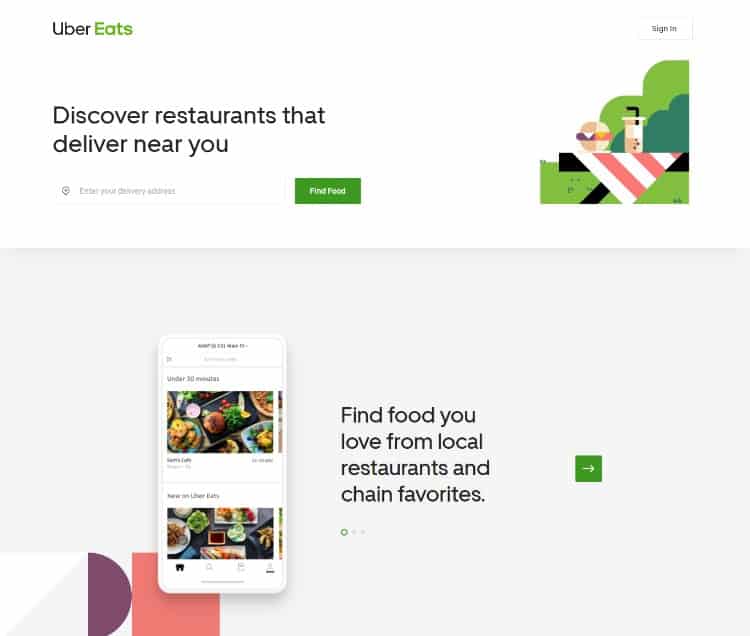
The UberEATS app uses a very simple format. Each time an order is made, it is prepaid for. The order will also be made well before the driver arrives to pick it up. In reality, the UberEATS app allows a customer to place their order through the app. The order is then picked up by the driver. The meal is supposed to be ready to be picked up by the driver before they arrive. However, this is not always the case. Many times, drivers are forced to wait around until the order is prepared. While this may not always be the best case scenario for the drivers, it is done to ensure a meal is fresh and hot when delivered to the customer.
For other delivery service apps, the drivers are supposed to check the order before leaving the restaurant to ensure it is what the customer ordered. With UberEATS, however, they have what is referred to as their “closed-bag” philosophy. No driver is allowed to inspect the meals before delivering them. The order is handed to the driver and not opened until it reaches the intended customer. This is done to absolve an UberEATS driver from the responsibility of checking to make sure an order is correct or not missing anything. The responsibility lies on the customers checking their order and the restaurant for filling it correctly.
Grubhub

The Grubhub app is a bit different than the rest because it isn’t exactly a food delivery service. It has, however, merged together with other services such as Yelp’s Eat24 and Seamless. Grubhub got its start back in 2004. It was originally just an online alternative to paper menus. It allowed restaurants and companies to build relationships and successful partnerships with each other.
Not all restaurants have their own delivery service. For these restaurants that don’t have full-time drivers employed, they could use Grubhubs’ fleet of independently contracted drivers. This is similar to how Postmates, Doordash and UberEATS work. The idea is to have an order placed by a customer first. The Grubhub driver is then to show up at the restaurant when the food order is being completed. The meal is put in a sealed, branded Grubhub bag to ensure hot and fresh delivery. The technology Grubhub uses allows both customers and restaurants the ability to track the delivery of the orders. This helps offer customers an estimate on when their order should be arriving.
Driving for Grubhub has many benefits. As a driver, you can choose to schedule yourself to work in “blocks” of time. This is similar to a traditional job. The block time you choose is essentially the timeframe you are willing to accept deliveries. A driver is able to work outside of this block time if they choose to. However, Grubhub will prioritize orders to go first to scheduled drivers. The more time a Grubhub driver schedules themselves to work, the more work they will be given and have the potential to earn more.
Grubhub drivers who work outside of their scheduled blocks will have to wait to see if any orders are not assigned to others. Any delivery not assigned to a scheduled driver can be picked up by anyone in the area. According to a driver’s Program Level, they may pick up blocks of work whenever they want. They may also choose to drop a scheduled block beforehand if they cannot or do not want to work it anymore. One of the best parts of being a driver is the ability to have flexibility with your schedule.
Earnings And Costs For Drivers Of UberEATS, Doordash, Grubhub And Postmates:
For all of the delivery app positions, the drivers are paid via direct deposit to their bank account. This is a pretty standard method of payment across this industry. There are some problems with the timeliness of payments in some cases.
Postmates will pay their drivers for deliveries four days after a transaction has been completed. For drivers who receive tips from customers, the transaction may be delayed even longer. This is not always a bad thing, except for when drivers are charged a 15 cent fee every time they get their money sent to their bank account via direct deposit.
Most Postmates drivers complain about the fees. While the 15 cents doesn’t seem like much, it can add up when it is taken off of each tip. It is important to note that the fee is charged by the payment processor and not Postmates. It is illegal for a company to impose direct deposit fees for payments. This fee is called the “stripe fee” and is not a popular payment option.
Doordash, Grubhub and UberEATS pay their drivers weekly on different days by direct deposit. UberEATS also offers the option for drivers to cash out payments on any day they choose. However, there is a dollar fee imposed each time this option is chosen. Doordash also has their own daily payment option for drivers.
Quick Comparison Of The On-Demand Food Delivery Services
For all apps, customers are required to pay for their order through the app. Grubhub accepts different payment forms such as Apple Pay, eGift cards, Android Pay, Paypal and cash. Drivers who work with the apps that pay for mileage get it calculated and paid “as the bird flies.” This means the mileage is calculated in a straight line from restaurant to the customer’s drop-off location. The mileage calculated does not take into account turns, etc.
Tipping Advice For On-Demand Food Service Delivery Drivers
Tipping for these types of services can be a bit confusing for the customers. While the method of delivery has been evolving, the etiquette for tipping remains largely the same. Good service usually equates to at least a 20 percent tip on the order. Customers who order from UberEATS have up to a month after their order was delivered to send a thank-you tip.
Postmates uses a tipping system that is completely cashless. They ask that drivers only be tipped through their app. A customer may simply choose how much they want to tip on top of the total.
Tipping for the on-demand Grubhub service can be done through their app as well. Many drivers have complained that some customers will choose to tip in person and then stiff the driver completely.
With Doordash, the app requests tips to be given before their food even arrives. This is done to present a driver beforehand a “guaranteed amount” in earnings before accepting the task. The amount combines the base delivery pay, the mileage and the expected tip together. Oftentimes, Doordash drivers will check their earnings after a delivery and notice it is for more than the estimate they were originally given.
Considerations For Businesses To Take Into Account
Most drivers would agree that Postmates is the most unique of all the choices. The corporate credit card sets the company apart from the competitors. Doordash works hard to ensure that all drivers make a decent amount of money delivering without having to rely on tips. UberEATS is more synced with the large-scale ridesharing aspect of the Uber company. This makes the earnings potential for Uber drivers much higher. They can break up their day by adding in food deliveries between ridesharing jobs. As of last year, Grubhub was the king of the pack, mostly because of their partnerships with other brands and services.
Smaller companies might fare better choosing a delivery service such as Doordash to work with. Doordash offers awareness and a more positive association with the food and products they deliver. They put more emphasis on quality. Larger companies will probably fare well with Postmates because they won’t see the corporate credit cards as burdens on their budgets.
On-Demand Food Delivery Service Apps- Legit?
Each of the top four on-demand services is more than capable of offering reliable food delivery. The most important thing to both customers and drivers is the innovations and features that make the service they use to stand out enough to earn a decent wage and be a respectable position to work and earn a living doing.
Benefits For Independent Contractors
Independent contractors do not get the same benefits that traditional jobs offer their employees. There are no perks such as health insurance or 401K plans. However, this does not mean that the delivery service companies leave their drivers without their own kind of perks.
UberEATS offers rewards to their drivers in the form of free gas, assistance with finances and finding health insurance, discounts on phone plans and more.
Doordash offers their drivers the ability to purchase commercial insurance plans. However, they have to maintain their own personal policies. UberEATS and Doordash have partnered with a company called Stride. They work with drivers to help them purchase their own health insurance plans. Doordash also has a partnership with Everlance to help their drivers track their expenses to help with tax time.
Postmates offer rewards and discounts to their drivers once they complete their 10th and 25th deliveries each month. Drivers also have access to supplemental health insurance policies.
Discounts, Rewards and Coupon Codes For Customers Using On-Demand Food Delivery Apps
Customers who are new to UberEATS will usually get a decent discount off of their very first order. They may also receive promotions offering free products from partners of Uber. Drivers can refer their friends to the app and receive bonuses if they become drivers and complete a set amount of trips.
Can You Order Alcoholic Beverages Through These Apps?
Many people love to enjoy a glass of wine or a cold beer with their meal. Some of the services offer alcohol deliveries. Postmates, Grubhub and Doordash offer delivery in specific markets around the country. UberEATS only allows delivery of alcohol to a handful of locations around the world.
Doordash has an ordering process for delivering alcohol which requires the verification of a customer’s identification beforehand. Drivers are not allowed to deliver alcohol to anyone who seems visibly intoxicated or who might be giving alcohol to a minor.
The Results
There is no clear winner for on-demand food delivery applications. Postmates, UberEATS, Doordash and Grubhub all have their own pros and cons. Choosing which app to use for deliveries or which company to work for comes down largely to personal preference. It may take some time and experimentation to find the right one for you. It will be interesting, however, to see how each of these services continues to grow, innovate and improve in the coming years. New services might come out of the shadows that beat all of these current apps. Only time will tell who comes out on top from these delivery driver jobs.

